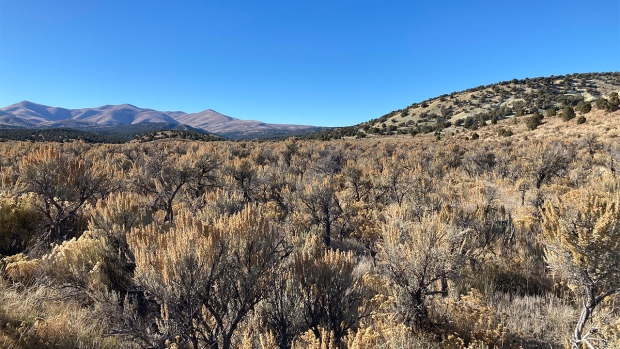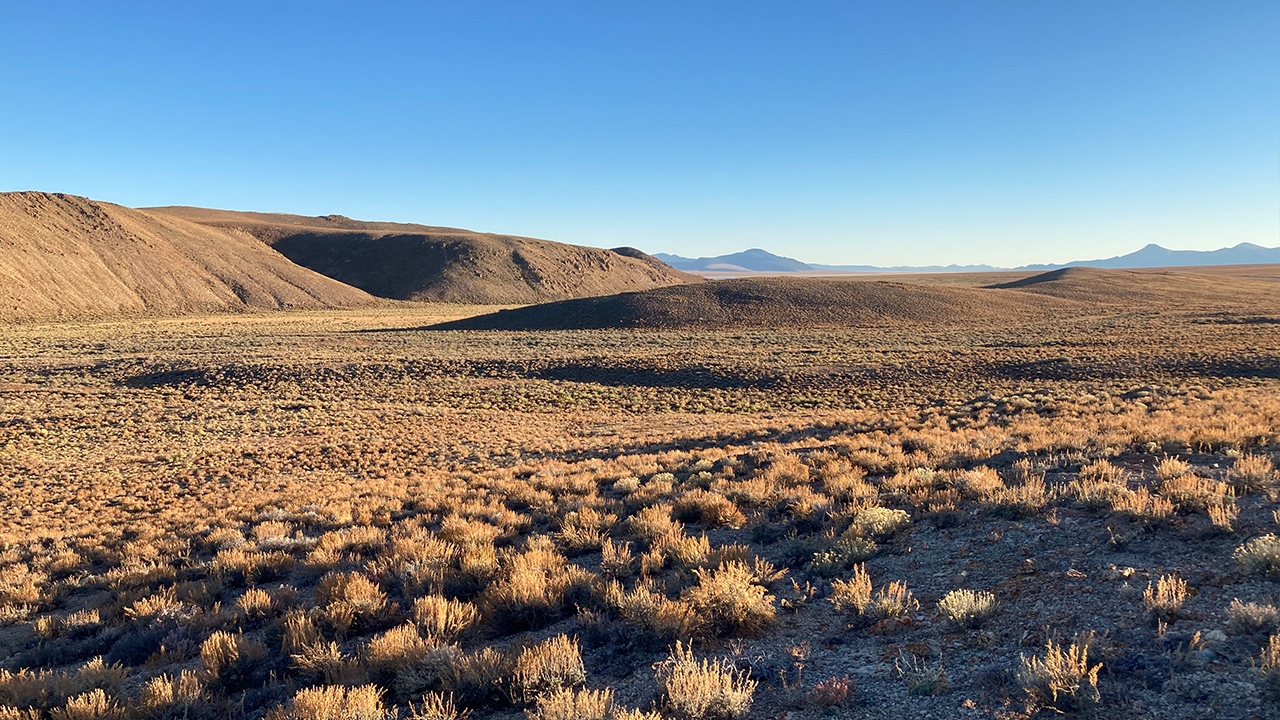Nov 14, 2023
Grid Battery Metals targets EV-driven demand at the source — supplying essential lithium and nickel

Electric vehicle sales are booming: 10 million in 2022, a projected 14 million in 2023. At the same time, demand for sustainable power sources for an array of applications is rapidly rising, with even the United Nations calling for investment in “alternative sources of energy that are clean, accessible, affordable, sustainable and reliable.”
Demand for power sources that don’t involve burning fossil fuels and adding carbon emissions to the atmosphere has resulted in increased demand for advanced battery technologies. Right now, that means batteries that make use of several valuable minerals.
“Lithium, nickel, cobalt, manganese, and graphite are crucial to battery performance, longevity and energy density,” according to the International Energy Agency, which notes, “The energy sector is emerging as a major force in mineral markets.”
Grid Battery Metals Inc. (TSXV:CELL | OTCQB:EVKRF | FRA:NMK2) is strategically positioned to be a pioneering player in the battery metals market with a strong focus on lithium and nickel, and promising properties in the U.S. and Canada.
Lithium projects in Nevada, nickel in B.C.
Key to Grid’s efforts around lithium is its Texas Spring lithium property, approximately 400 hectares/988 acres in the Granite Range in northwest Nevada, its Volt Canyon lithium property approximately 635 hectares in Monitor Valley, Nevada, and its Clayton Valley lithium property, approximately 930 hectares and close to the Silver Peak Lithium Mine — North America’s only permitted and producing lithium mine — operated by lithium giant Albemarle Corp. The primary focus of exploration on the Texas Spring, Volt Canyon, and Clayton Valley lithium properties, each comprising of a series of mineral lode claims, are to uncover lithium clay deposits, says Tim Fernback, the company’s President and CEO.
Contributing to Grid’s optimism about Texas Spring, Fernback says, is its location adjacent to the Nevada North Lithium Project, where owner Surge Battery Metals Inc. has over 725 mineral claims/5,800 hectares and where initial drilling efforts have successfully identified lithium-rich clay deposits — indeed, a significant recent discovery showed values of up to 8,070 ppm of lithium (as announced in Surge’s press release on September 12, 2023).
The connection between Grid and Surge is more than proximity. The key founders and members of Surge’s geological team are also the founding management team of Grid. And in June 2023, it was announced Surge had completed a property acquisition from Grid for the remaining 20 per cent interest in a British Columbia nickel claim for which Surge already had previously purchased an initial 80 per cent interest from the company. As a result of the transaction, Grid received six million shares in Surge, which in early October were trading at approximately $1.00.
Fernback says it was a good deal for shareholders to sell some non-core assets and notes that Grid Battery Metals still has a nickel project in B.C. and is planning to transfer its ownership to a wholly-owned subsidiary that is anticipated to be listed on a Canadian stock exchange in 2024. That project consists of multiple claim blocks in the area surrounding Mount Sidney Williams and FPX Nickel Corp’s Baptiste deposit, which is considered by MINING.com as one of the world’s top nickel projects. Along with spinning this subsidiary out of Grid, all Grid shareholders will receive an equity bonus and proportionate shareholding at no additional cost — essentially, two shares for the price of one — in this new public entity focused on a rising global demand.
“Each of these projects will need dedicated teams and resources,” he says, adding that the plan is to raise $2 million to fund exploration for the subsidiary that is being spun out of Grid. “The nickel project is equally valuable and needs its own time and attention. We plan on spinning it out, focusing that company strictly on nickel and B.C. exploration, and adding people and resources to it.”

Exploration funded through 2024
In mining-friendly Nevada, meanwhile, Fernback says Grid is awaiting results on Phase 1 testing at Texas Spring, and has plans — and funding in place — for exploration in both 2023 and 2024, as well as more than $5 million in unallocated working capital.
That cash on hand “allows us to be very selective in bringing in new projects,” he says. “Having a healthy treasury is really important to our company and our business model. We want to be able to pick and choose our partners. We don’t want to be forced to do something that may be contrary to the benefit of the shareholders.”
“Looking after the shareholder” is a guiding principle for Grid, he says, adding that this approach makes the company attractive to investors. As well, it has been successful in raising capital and has many years of experience exploring in Nevada, and enjoys longstanding relationships with mining service contractors there.
All of which gives him confidence about Grid’s future. More important, however, is the rapidly rising demand for lithium from the likes of automotive manufacturers.
“You’ve got these established companies like Ford, GM, Tesla, and Volkswagen — they have to build their manufacturing capability around a standard, and they’re choosing theirs right now, which includes both lithium and nickel.”
“They’re actually wanting to buy the raw metal and deal with exploration companies like us that are finding the raw metal,” Fernback explains. “They could easily be a minority shareholder in our company in the future because they want to secure the supply chain five, six, eight years later that would eventually make it into their vehicles — that sort of thing hasn’t happened in the past.”
Learn more about Grid Battery Metals Inc. on its website as well as on: